In today’s post I bring together the efforts of two remarkable Canadian researchers. The images of Truth & Reconciliation and Orange Shirt day activities going on in Canadian classrooms were provided by former teacher, Chanel Pfahl, and the analysis of Orange Shirt day was done by Indian Residential School researcher, Nina Green.
More of Nina’s research can be found on her website: Indian Residential School Records – Native Residential Schools of Canada Researched . And, for more of Chanel’s work, subscribe to her Substack and follow her on X where she publishes loads of evidence highlighting the ideological indoctrination of children going on in Canadian schools.
Below are two examples of the images provided by Chanel. There are more below Nina’s analysis:
Before we get to Nina Green’s analysis, below is a video of Orange Shirt Story read aloud:
The Truth About Orange Shirt Day by Nina Green
Phyllis Webstad's The Orange Shirt Story, published in 2018, is in school libraries across Canada. The cover depicts young Phyllis in an orange shirt confronted by two black-habited Catholic nuns, one with scissors in her hand, the other clutching a rosary behind her back. Inside the book, illustrations show four black-habited nuns greeting her outside the school, a nun removing her orange shirt, a nun cutting her hair, and a nun hovering over her while she prays at bedtime. The text states that the nuns made her shower, took her orange shirt away, gave her other clothes to wear, and cut her hair short.
This was a routine procedure when children arrived at residential schools across Canada in September. In From Truth Comes Reconciliation, Rodney Clifton, who worked at Stringer Hall, the Anglican student residence/hostel in Inuvik, explains that it was a practical necessity for the students’ health and well-being:
[The Truth and Reconciliation (TRC) Report fails to state that] some of the children arrived at Stringer Hall in September wearing the same school clothing they wore when they went home in the spring, not having bathed or changed in two months. Some of these children had been standing in smudge fires, trying to escape the hordes of blood-sucking insects, and a number had arrived with infected bug bites on their scalps. A few children arrived with ear infections so severe that pus was running down their necks. At the beginning of the year, these children cried themselves to sleep. As you might expect, the first priority of the residential school staff, particularly the nursing sister, was to clean up the children, and treat their infections.
To put the students’ living conditions and infections into context, anyone reading this account needs to realize that it wasn’t until the early 1950s that a weekly bath with a change of clothes became the norm for most urban Canadians. For people living on farms and in small communities where water had to be hand-pumped from wells and heated on coal and wood stoves, a bath with a change of clothing was a luxury reserved for special occasions. In the North, it was even more difficult to bathe and change clothing, especially for the children who were with their parents in tents at hunting and fishing camps.
There is little doubt that the hostel children appreciated ending a busy week with a hot shower, clean pajamas, and a chance to slip between clean sheets in their very own beds, just as other Canadian children did. (pp. 281-2)
The Orange Shirt Story does not provide this much-needed context, and makes it appear that giving Phyllis Webstad and other children from remote Indian reserves in the Cariboo a shower, a change of clothing, and a haircut on their arrival at St Joseph's in September were callous acts perpetrated by 'cold and unfriendly' nuns.
How many nuns were actually at St Joseph’s during the 1973/4 school year?
The fact that Phyllis Webstad puts nuns at centre-stage on the cover and in the text and illustrations of The Orange Shirt Story contrasts rather markedly with her failure to mention nuns in her other accounts of her year at St Joseph’s, which, to clarify, was no longer a school when she arrived there in 1973, but a student residence/hostel in which students lived while attending public schools in town in Williams Lake.
As the federal government’s policy of integrating status Indian students into provincial public schools and turning the former residential schools into student residences/hostels progressed during the 1950s and 1960s, nuns were no longer required as teachers, and many had left by the time the federal government formally took over administration of the schools from the churches on 1 April 1969. Thus, if there were still a few non-teaching nuns working alongside lay staff at St Joseph’s residence/hostel during Phyllis Webstad’s one-year stay there in 1973/4, it does seem a rather glaring omission that she never specifically mentions nuns in other accounts of her life there.
In a subsequent book, Beyond The Orange Shirt Story, published in 2021, she merely refers to the persons who took away her orange shirt as ‘them’:
I can remember arriving at the Mission. The building was huge, unlike any building I’d ever seen before. I remember lots of crying and the feeling of terror, pee your pants terror! When my clothing, including my orange shirt, was taken, it didn’t matter how much I protested or told them I wanted it back, they didn’t listen.
On the Orange Shirt Society webpage, she merely says ‘they’:
I went to the Mission for one school year in 1973/1974. I had just turned 6 years old. I lived with my grandmother on the Dog Creek reserve. We never had very much money, but somehow my granny managed to buy me a new outfit to go to the Mission school. I remember going to Robinson’s store and picking out a shiny orange shirt. It had string laced up in front, and was so bright and exciting – just like I felt to be going to school!
When I got to the Mission, they stripped me, and took away my clothes, including the orange shirt! I never wore it again. I didn’t understand why they wouldn’t give it back to me, it was mine!
In a recent CBC Kids article and interview, she merely says ‘staff’':
But once she got to the school, Webstad said staff took away her clothes, including her orange shirt. She never had the chance to wear it again.
Why does Phyllis Webstad shy away in subsequent accounts from stating that it was nuns who took her orange shirt away when she had stated so emphatically in The Orange Shirt Story that nuns were responsible?
In that regard, it may be significant that in Beyond The Orange Shirt Story, Phyllis Webstad mentions Gloria Manuel, an Indigenous staff member who she says was kind to her:
I remember that a Native woman who worked there was kind to me. She had long hair and a loving face. At the time I didn’t know her name, but since then, I’ve met her again and have learned her name is Gloria Manuel.
In fact, there were many Indigenous staff throughout the years of the residential school system. The schools couldn’t have run without them. In 1961, 8.9% of the total teaching staff were Indigenous. 96 status Indian teachers were employed in day schools, and 25 in residential schools. Those figures, of course, do not include the many hundreds of Indigenous staff members like Gloria Manuel who were employed in other capacities in the schools over the years.
The foregoing facts raise an obvious question: Was it actually lay staff members, and perhaps even Indigenous lay staff members, who gave Phyllis Webstad a shower and haircut, and took her orange shirt away when she arrived at St Joseph's? If so, The Orange Shirt Story has clearly misinformed the Canadian public, and in particular, Canadian school children.
It’s even possible that Phyllis Webstad’s orange shirt was eventually returned to her. She can’t say for certain that it wasn’t, because she admits to having no memory of going home at the end of the school year.
I don’t have a memory of getting my shirt back, or going home when school was out.
There are other aspects of Phyllis Webstad’s story about which the public has not been accurately informed. For example, the CBC Kids article erroneously states that she attended school at St Joseph’s:
In 1973, when Webstad was six years old, she started attending St. Joseph's Mission Residential School near Williams Lake.
As noted above, the CBC is in error. St Joseph’s was no longer a school when Phyllis Webstad arrived there. It was a student residence/hostel where students lived while attending public school in Williams Lake:
The Mission was the place where we slept and ate. When I attended in 1973, there were 272 students in total, boys and girls. All of the students were bussed into Williams Lake to attend public school, about 20 minutes away. . . . . I liked my teacher there, she had crazy red curly hair, she smelled good, and she was kind - I wished she could take me home with her.
Moreover it seems Phyllis Webstad’s experience in public school In Williams Lake was a pleasant one. She has positive memories of it. Her teacher, Lynn Eberts, has positive memories as well; she wrote in Beyond The Orange Shirt Story:
It was a very happy group of children in that primary classroom. We had a great year!
A horrific experience?
Phyllis Webstad has been telling her story for a decade:
Ten years ago, Phyllis Webstad spoke about her residential school experience in front of an audience of residential school survivors in Williams Lake, British Columbia.
From there, Orange Shirt Day was born. Since then, it has grown into a cross-Canada movement.
People mark Orange Shirt Day on Sept. 30 by wearing orange.
During that decade, Canadians have come to believe that Phyllis Webstad’s experience at St Joseph’s was a horrific one. In fact, in the CBC Kids interview, Phyllis Webstad herself used the word ‘horrific’, and she has on some occasions made horrific claims based on hearsay, not on the basis of what she herself experienced as a six-year-old in 1973/4.
But in believing that Phyllis Webstad had a horrific experience at St Joseph’s, have Canadians been deceived? Her detailed account in Beyond The Orange Shirt Story reveals nothing which would justify the use of the word ‘horrific’. She missed the grandmother who had raised her, which is understandable. She obviously did not miss her parents, who had both abandoned her. She did not know who her white father was until long after she became an adult, and she says she never lived with her mother. But at St Joseph’s she had her cousin as a companion, and it seems she had a happy school year with a teacher she liked. And at the end of that one year, she went home, never to return to St Joseph’s again.
In contrast, life for children living on the Dog Creek Reserve could be truly horrific. In Beyond The Orange Shirt Story, Phyllis’ aunt, Theresa Jack, writes:
There was lots of violence and drinking on the reserve. Many times at Granny Suzanne’s, we had to hide ourselves for our safety, usually in the sweat house or the haystack by the creek. My two uncles lived with us. One of them abused me sexually, and the other abused me mentally and physically. He would beat me and my brother with sticks and anything he could get his hands on. He even bullwhipped us once.
So which experience merits the epithet ‘horrific' - Phyllis Webstad's year living at St Joseph’s while attending public school in Williams Lake in a class of ‘very happy’ children taught by a teacher she liked, or her aunt Theresa Jack's experience of drunkenness and violence, and being beaten, bullwhipped, and sexually, physically and mentally abused by her uncles on the Dog Creek Reserve?
Phyllis Webstad needs to level with Canadians, and tell them (1) whether it really was nuns who greeted her at the school, forced her to shower, took her orange shirt away, and cut her hair, or whether it was lay staff members, and perhaps Indigenous lay staff members, (2) that her school year with a teacher she liked in Williams Lake was a happy one, (3) that her parents had both abandoned her, and that she had no one to care for her on the reserve apart from an aging grandmother, and (4) that childhood on the reserve, as experienced by her aunt, was horrific, as opposed to her own year at St Joseph’s, which was not horrific at all.
___
Below are more images, provided by Chanel Pfahl, that were taken inside Canadian schools:
Thanks for reading. To see more evidence of the ideological Indoctrination in schools read, Yes, schools are indoctrinating kids! To learn about Chanel’s story read, Intimidation Masquerading As Virtue Is Chilling Free Speech and for more research and analysis from Nina Green read, The Unknown Truth Of Canada's Residential School System
There are now two ways to support Woke Watch Canada through donations:
1) By subscribing to the paid version of the Woke Watch Canada Newsletter for - $7 Cdn/month or $50 Cdn/year
2) By making a contribution to the Investigating Wokeism In Canada Initiative, which raises the funds necessary to maintain and expand Woke Watch Canada’s research and investigation into Dysfunctional Canadian School Boards, Education, Indigenous Issues, Free Speech, and other areas of Illiberal Subversion and the Canadian Culture Wars.





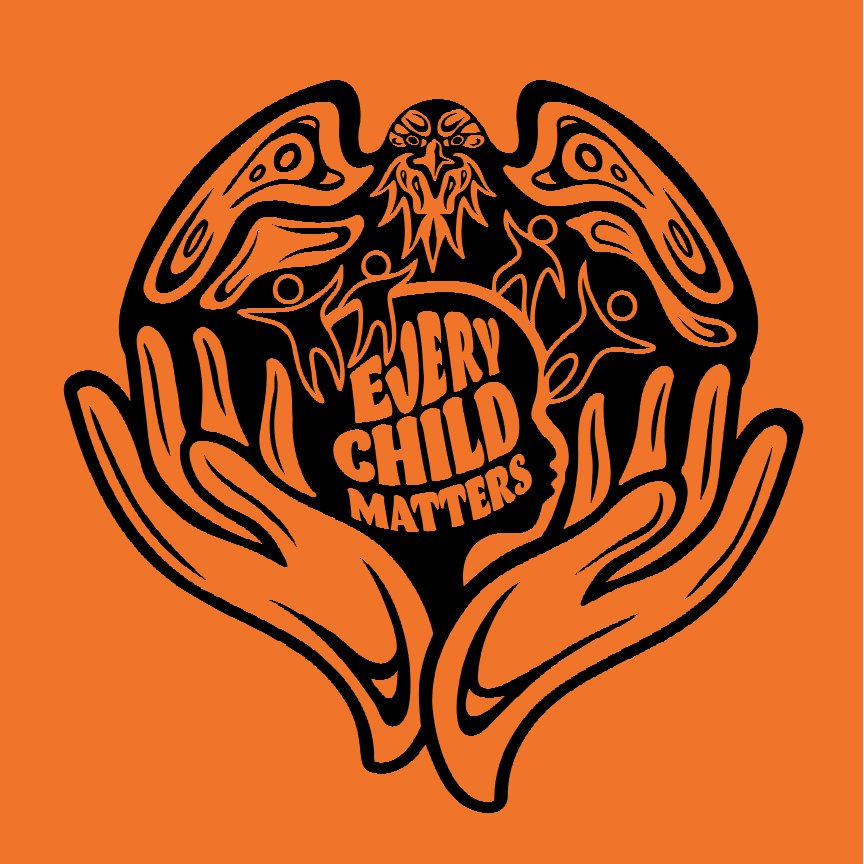
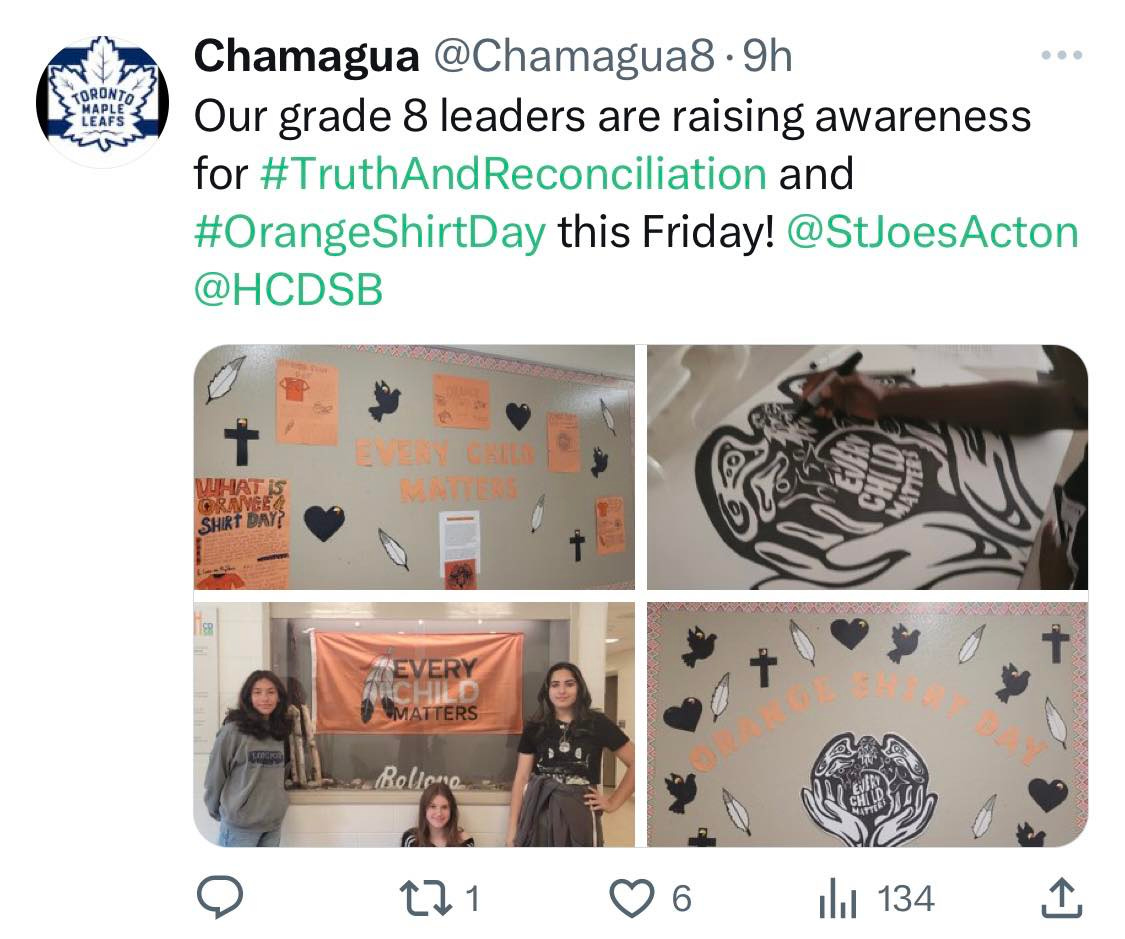
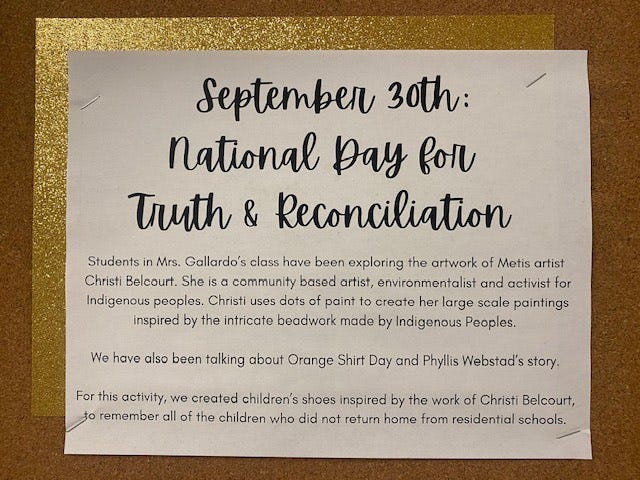

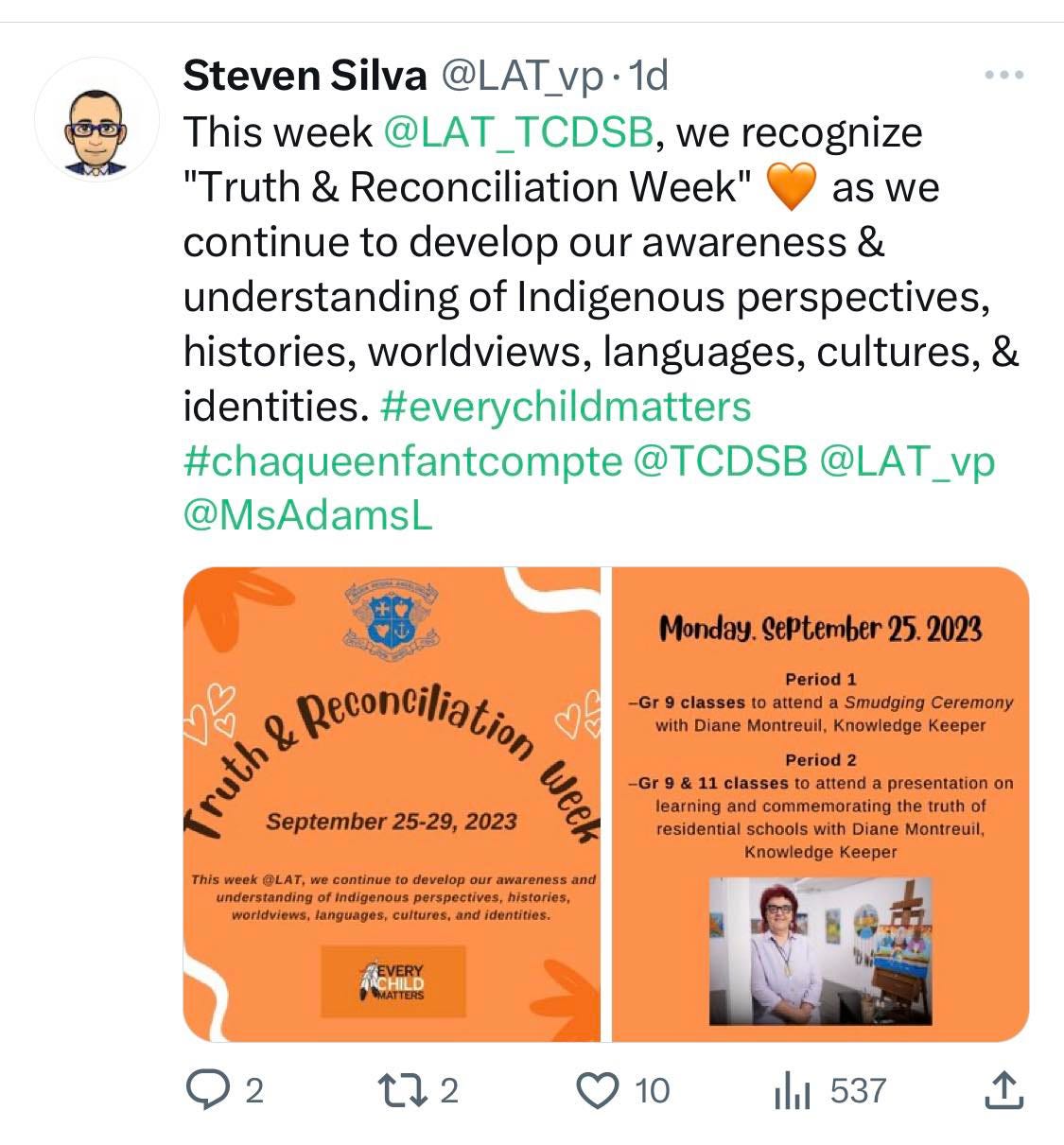

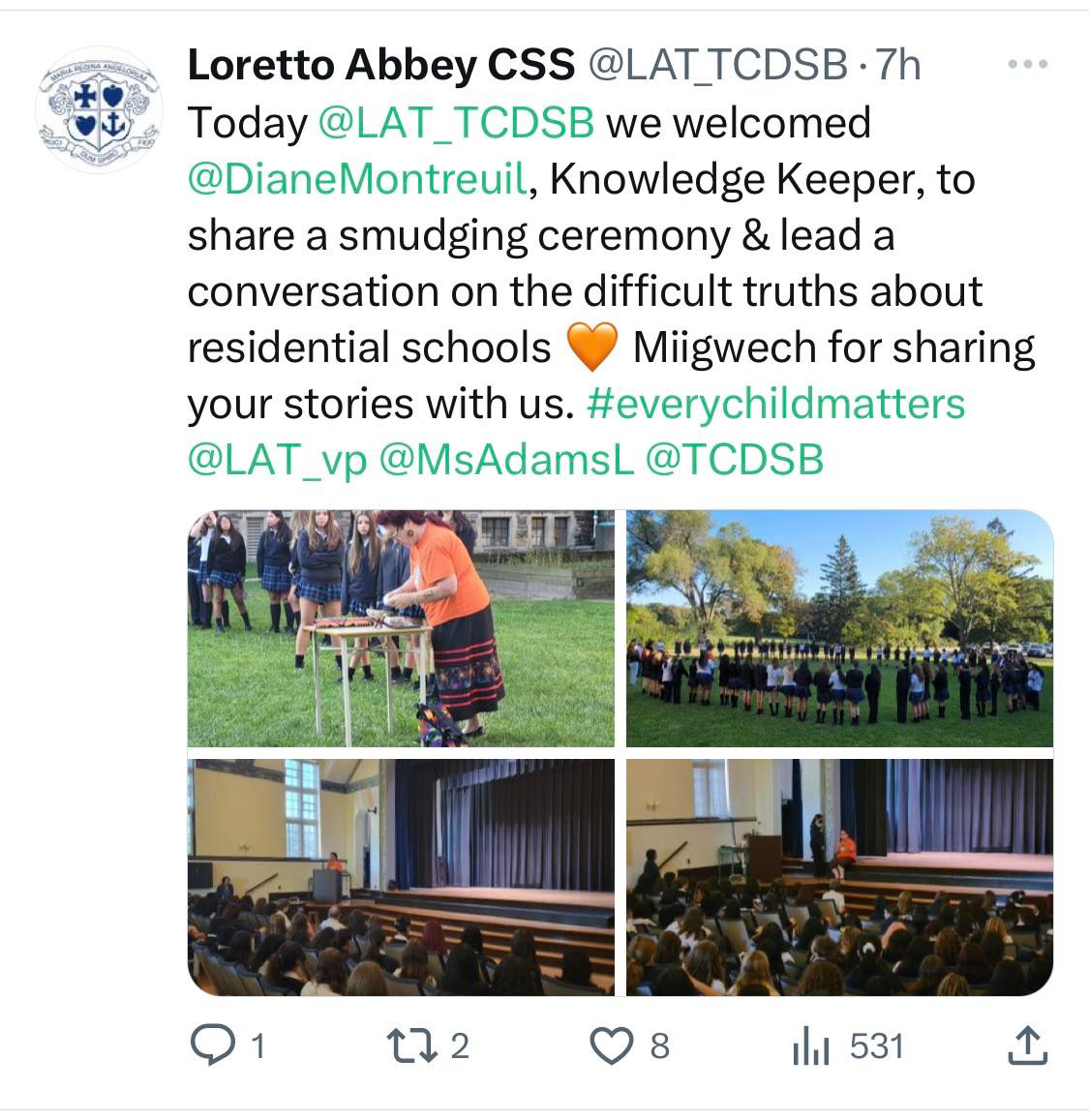
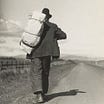
Not at all surprising it is the cult of the Indians today the "Gimee Gimee " cult those seeking Billions of tax payer $ from those that do work for a living and it is never going to end.
Allow me to tell you a truthful fact on residential schools, my brother in law just received a $10,000 gift from the Govt for attending such a school at a far north location, he is white his parents are Canadian born not indian not metis just a plain old settler. This school educated hundreds of Canadian children as well as Indian so all attended and all got the 10k I might add that he stated it was a wonderful school and everyone enjoyed going there he is my age 75. Time enough stop the BS tell the truth for cryin out loud.
Kind of like the almost completely fabricated story about Chanie Wenjack